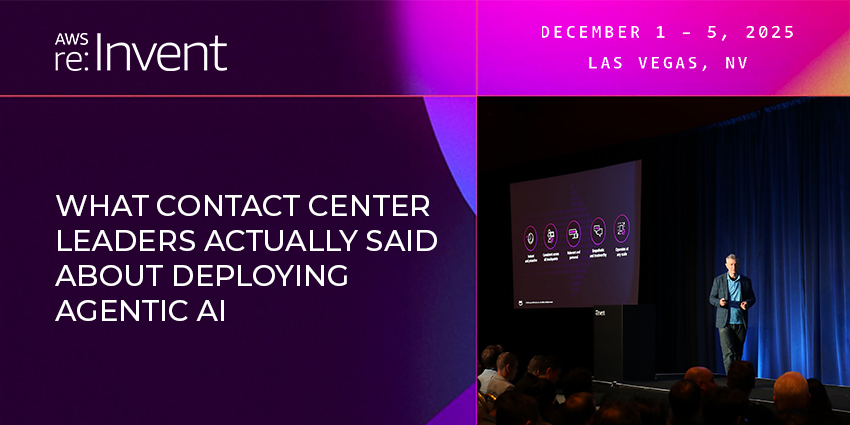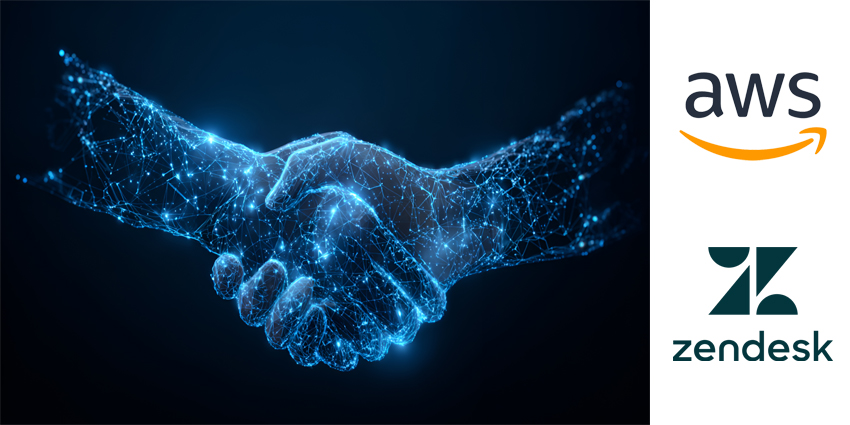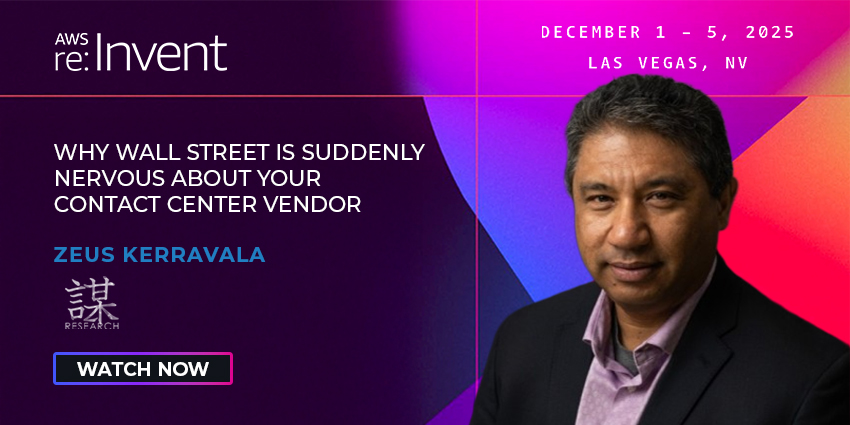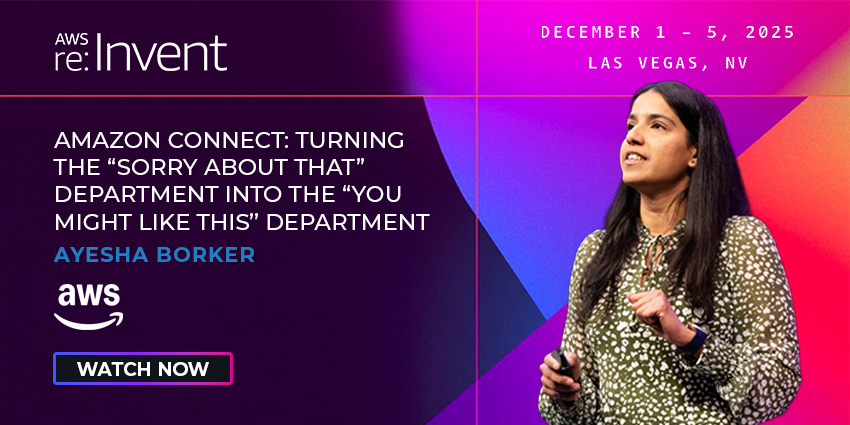NiCE, Genesys, and Five9 have recently launched AI studios, supporting brands in building AI agents that interact with customers.
From the outside, many of these solutions seem similar in their capabilities.
However, there’s a big difference between developing a studio for autonomous AI and renaming pre-existing AI tools while expecting people to think it’s a breakthrough.
That leads to a critical question: What should I look for in one of these new-fangled AI studios?
Prominent CX analysts weighed up this question during an episode of CX Today’s Big Update.
In doing so, they shared some key considerations when evaluating AI studios.
Does This Studio Offer a Shared Workspace for Collaboration?
Contact centers should expect a centralized environment where teams can collaboratively build, orchestrate, and manage AI workflows.
Yet, there should also be clear outside-in guidance. As Liz Miller, VP & Principal Analyst at Constellation Research, said: “The most compelling studios are like those old-school workbenches where every tool had a spot traced out on the pegboard. Right now, in AI, contact centers have a lot of tools on the bench but no outlines.
Thankfully, vendors are starting to define where the hammer goes, where the drill goes. We need that clarity.
Additionally, the ability to build once and deploy anywhere is critical. So too is support in connecting AI agents in back and middle office systems, extending automation resolution flows beyond the typical contact center remit. After all, connecting contact center AI agents with others across the enterprise multiplies the value proposition.
How Much Visibility Will We Get Into the Performance of AI Agents?
Having a place to build AI is not enough. Contact centers also need visibility into usage, performance, and cost. As such, studios should let users answer questions like:
- Which AI agents are used most often?
- How much are they costing me?
- What’s the ROI per customer segment or workflow?
This second- and third-tier cost analysis allows leaders to make smarter decisions and expand their AI agent strategies.
Without this observability, deploying AI agents is a leap of faith. With it, leaders can move forward with confidence, clarity, and control.
Finbarr Begley, Senior Research Analyst at Cavell, also stressed how it allows contact centers to decipher “when we use agentic on this type of query for this type of customer, that’s worth this much to us. Also, if we don’t turn it on for this type of customer, then we save X amount of money. That’s the level of detail you get to with these AI studio cross-observability platforms.”
How Can We Establish Sufficient Guardrails?
Vendors strongly emphasize guardrails, but are often vague about what they entail.
Contact centers should probe providers on this, ensuring their safeguards align with company policies, security requirements, and customer expectations.
Genesys, for example, calls their guardrails “guides”, asking brands to define how AI can be used at an organizational level. NiCE takes a similar approach.
These guides may help customers specify: “You can use Agentic AI, but only to trigger specific workflows.” And: “You can use large language models, but only in predefined ways.”
As Begley stated:
This kind of structure is essential. It prevents shadow AI from creeping in, while still giving employees the freedom to explore and innovate within a safe environment.
Final Point: Take a New Approach to This New Technology
In 2020, most CIOs didn’t want AI near the contact center. That was the COO’s world, and it was fine as long as it stayed in its silo.
But now? That thinking doesn’t fly anymore.
Recognizing this, CIOs are getting more involved in contact center transformations, considering the business-wide impact.
After making this point, Miller continued:
So if you’re still treating AI as a contact center project, you’re missing the bigger picture. Observability data, performance metrics, and ROI shouldn’t live in a PowerPoint deck that gets shared once a month. That data needs to be shared across teams: marketing, sales, finance, product.
However, CIOs and contact center leaders are unsure about how to bridge these silos.
“It’s not exactly chocolate-and-peanut-butter coming together,” continued Miller. “It’s more like chocolate and the mystery box you’ve had hidden in the basement.”
“But this is the moment. Contact center leaders need to stop seeing this as an intrusion. This isn’t about losing control, it’s about stepping up and claiming a strategic seat at the table.”
To this point, contact centers shouldn’t leverage AI studios through the lens of: “no one understands the contact center.” Instead, utilize them to lead strategically, share data, collaborate cross-functionally, and finally realize the full potential of AI.







